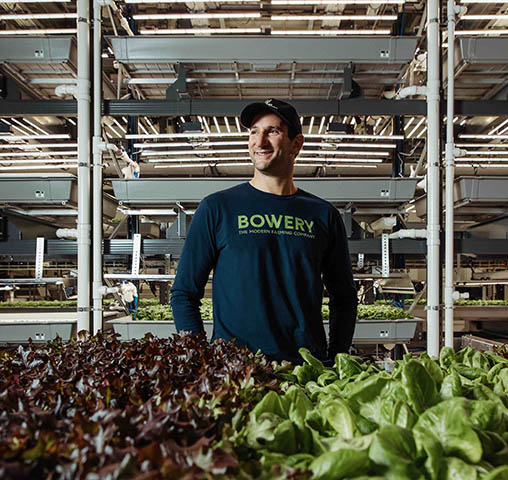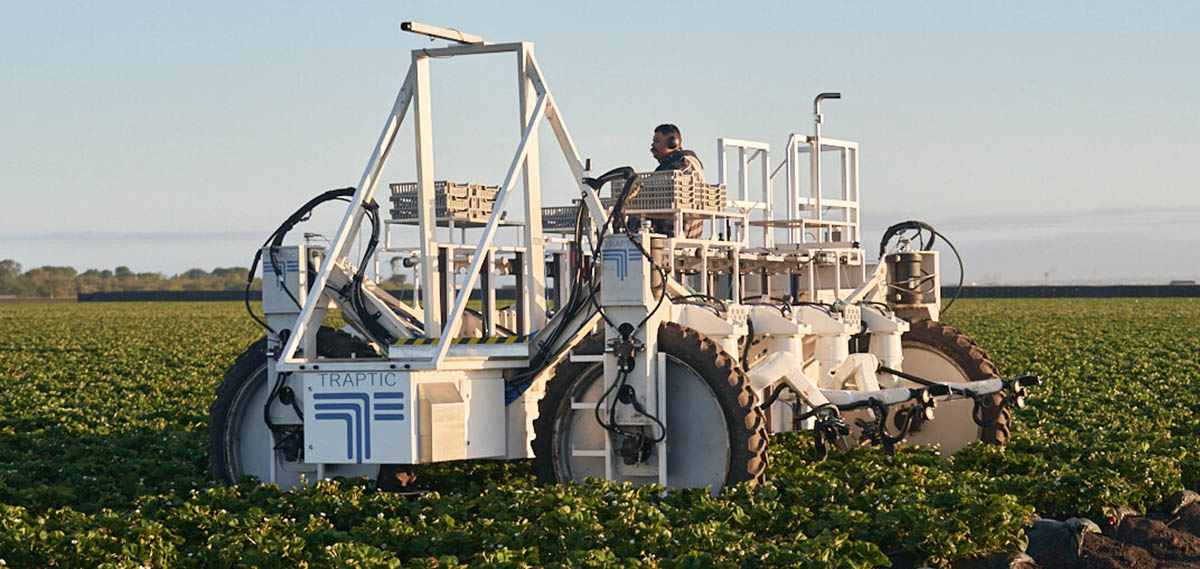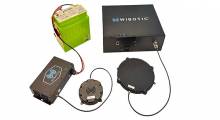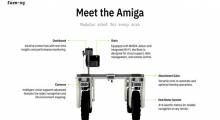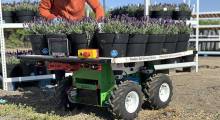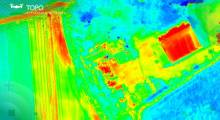The farming industry has yet to fully embrace automation, but major agricultural companies are bringing legitimacy to the space and upgrading their technology. Last week, Bowery Farming, a digitally focused vertical farming company based out of New York City, announced it had acquired farming robot startup Traptic Inc. for an undisclosed amount.
Sunnyvale, Calif.-based Traptic has developed fruit-picking robots. The company estimated that its robots are able to pick 100,000 strawberries a day. Instead of selling its robots upfront, the company uses a robotics-as-a-service (RaaS) model and charges at a fixed price per pound.
Bowery said it will take advantage of Traptic’s expertise in 3D vision, artificial intelligence, and robotics to help it harvest more produce at its indoor farms.
“The technology we built to operate in harsh outdoor farm environments will work even better indoors, which will translate into even higher-quality produce like strawberries, other fruiting and vine crops, and so much more,” stated Lewis Anderson, co-founder and CEO of Traptic.
Bowery said the purchase of Traptic lines up with its launch of retail sales of strawberries this spring. It added that Traptic's technology could be used to harvest tomatoes and basil, as well as for “pollination, pruning, and thinning,” in a release.
Bowery enters fruitful partnership
“Traptic is the perfect complement to Bowery's industry-leading technological advances,” said Injong Rhee, chief technology officer of Bowery Farming in a statement. “The dexterity and precision of Traptic's robotic arm movement engineered by 3D localization and pathing is very exciting. By joining forces with Traptic, Bowery's network of smart indoor farms will achieve another level of technological sophistication and maturity.”
Traptic robots use 3D cameras and neural networks to determine whether fruits are ripe or not, according to Bowery. Its robots are also equipped with grippers and AI to help them pick and harvest fruits and vegetables delicately.
“Traptic's technology works 24 hours per day, reduces food waste up to 20%, and increases yields of high-quality, blemish- free produce,” Bowery said in the release.
While headquartered in Manhattan, Bowery has an indoor farm and research facility in Kearny, N.J. It also has an indoor farm in Nottingham, Md. The company said it is in the process of building commercial farms in Atlanta and Dallas.
Bowery said it produces crops such as leafy greens and herbs online and for more than 850 grocery stores across the Northeast and Mid-Atlantic regions of the country. It also invests heavily in research and development.
In addition, Bowery claimed that it will be the first indoor farm to take advantage of Traptic’s technology, which it will integrate with its proprietary BoweryOS operating system. It said it is already using hardware, computer vision, machine learning, and robotics to automate its operations.
“The company's proprietary farm design and technology, which have been a key priority since its inception, are at the heart of the company's efficient and scalable business model,” said Bowery. “Adding this technology into the network will increase the productivity and efficiency of farming at Bowery and improve the modern farmer experience.”
Farmers wary of new technology, but industry still growing
A recent report from market research firm IDTechEx. titled “Agricultural Robotics Market 2022-2032,” found that farmers face several challenges in adopting robotics.
“First and foremost, it is important to note that in comparison with other industries (e.g., mining, logistics, delivery, etc.) the agricultural industry has been slow to digitize,” according to the market research firm. “Several reasons for this include high upfront costs, low margin of the agricultural industry, insufficient trust from farmers, lack of robustness of agricultural robots, and many others.”
Despite the challenges, IDTechEx said the agricultural robot market will “remain bullish for the upcoming decade, with a two-digit growth rate per year.” Major uses for robots in farming include milking, spraying, and fruit and vegetable harvesting, it noted. Suppliers are also offering different RaaS models to make their robots more affordable.
Last month, South San Francisco-based Agtonomy announced that it had raised $5 million in Seed II round funding, bringing its total amount of funding raised to $9 million. The company makes software that powers autonomous and remote-controlled agricultural vehicles.
At CES 2022, John Deere unveiled a fully autonomous tractor it claimed is ready for large-scale production and will be available to farmers later this year.
IDTechEX estimated that the global market for agricultural robotics will reach around $13 billion by 2032.
Bowery last May received $300 million in Series C funding.
Bowery and Traptic did not respond to Robotics 24/7’s questions by deadline.
About the Author
Follow Robotics 24/7 on Linkedin
Article topics
Email Sign Up

